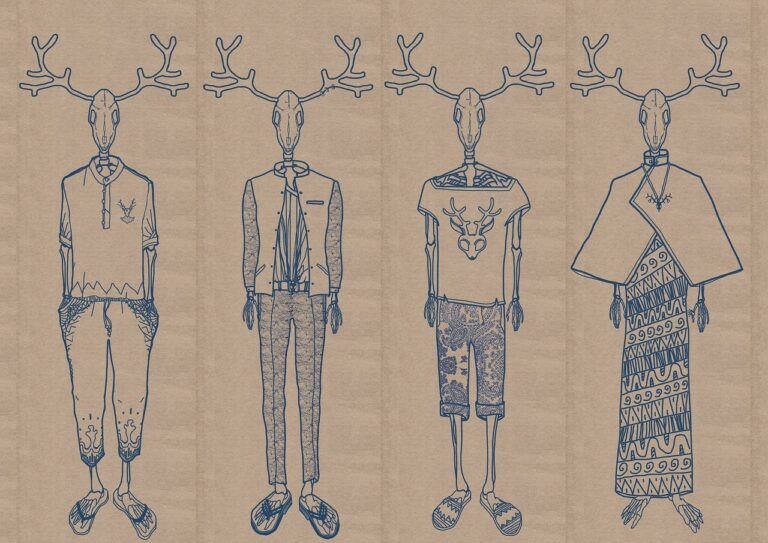Fashion and Sustainability: How Brands Are Reducing Waste in Production
Fashion production is undergoing a positive transformation with the integration of sustainable materials. From organic cotton and hemp to recycled polyester and Tencel, designers are embracing eco-friendly fabrics that minimize the negative impact on the environment. These materials not only benefit the planet but also offer consumers stylish and durable clothing options.
In addition to textiles, sustainable materials are also making their way into accessories and footwear. Innovations like cork, Piñatex (made from pineapple leaves), and recycled rubber are gaining popularity among ethical fashion brands. By choosing these sustainable alternatives, designers are paving the way for a more environmentally conscious industry that values both style and sustainability.
• Organic cotton and hemp are being used in fashion production to reduce environmental impact
• Recycled polyester and Tencel are eco-friendly fabrics that offer stylish and durable clothing options
• Sustainable materials like cork, Piñatex (made from pineapple leaves), and recycled rubber are gaining popularity in accessories and footwear
• Ethical fashion brands are embracing these sustainable alternatives to promote a more environmentally conscious industry
Innovative Recycling Techniques in Fashion Industry
Recycling has become a key focus in the fashion industry, with designers and brands embracing innovative techniques to reduce waste and minimize their environmental impact. One of the most popular methods involves upcycling, which involves transforming discarded materials into new, high-quality products. By giving new life to fabrics and textiles that would have otherwise ended up in landfills, upcycling not only reduces waste but also adds a unique and sustainable element to fashion collections.
Another technique gaining momentum in the fashion industry is closed-loop recycling. This process involves taking old or worn-out garments and breaking them down into fibers to create new textiles. By closing the production loop in this way, designers are able to reduce the need for virgin materials and decrease the overall carbon footprint of their products. Closed-loop recycling is a promising approach that shows great potential in making the fashion industry more sustainable and circular.
Efforts to Reduce Water Usage in Fashion Manufacturing
When it comes to fashion manufacturing, water usage is a significant environmental concern. In recent years, the industry has been making commendable efforts in reducing water consumption during the production processes. One of the key strategies embraced by fashion brands is the implementation of water-saving technologies in dyeing and finishing stages.
Furthermore, many fashion companies are reevaluating their production methods to incorporate water-efficient practices. By optimizing water usage and investing in cutting-edge equipment, these brands are not only minimizing their environmental impact but also setting a positive example for the rest of the industry to follow.
What are some sustainable materials used in fashion production?
Some sustainable materials used in fashion production include organic cotton, recycled polyester, Tencel (made from wood pulp), and hemp.
How are innovative recycling techniques being implemented in the fashion industry?
Innovative recycling techniques in the fashion industry involve processes such as textile recycling, upcycling, and closed-loop recycling to reduce waste and conserve resources.
How are efforts being made to reduce water usage in fashion manufacturing?
Efforts to reduce water usage in fashion manufacturing include implementing water recycling systems, using water-saving dyeing techniques, and encouraging responsible water usage throughout the production process.







